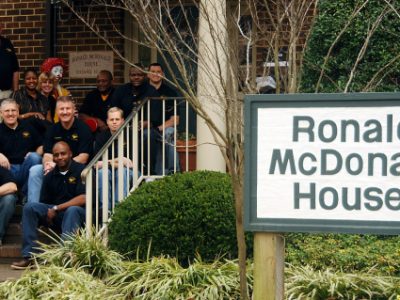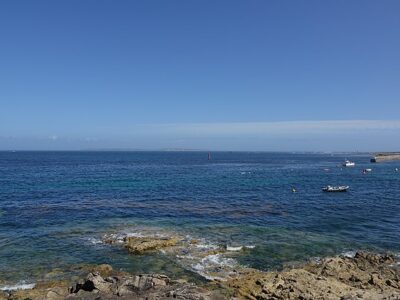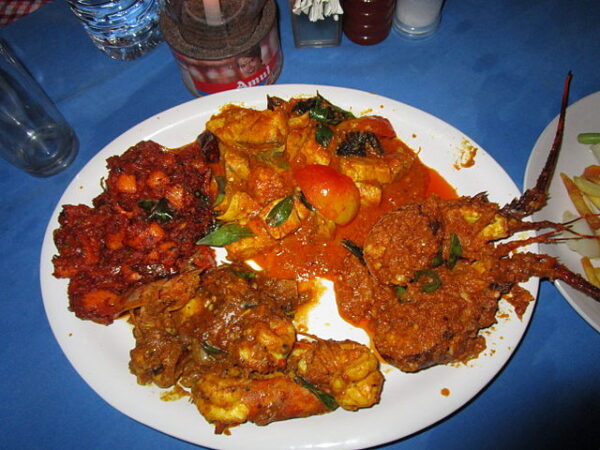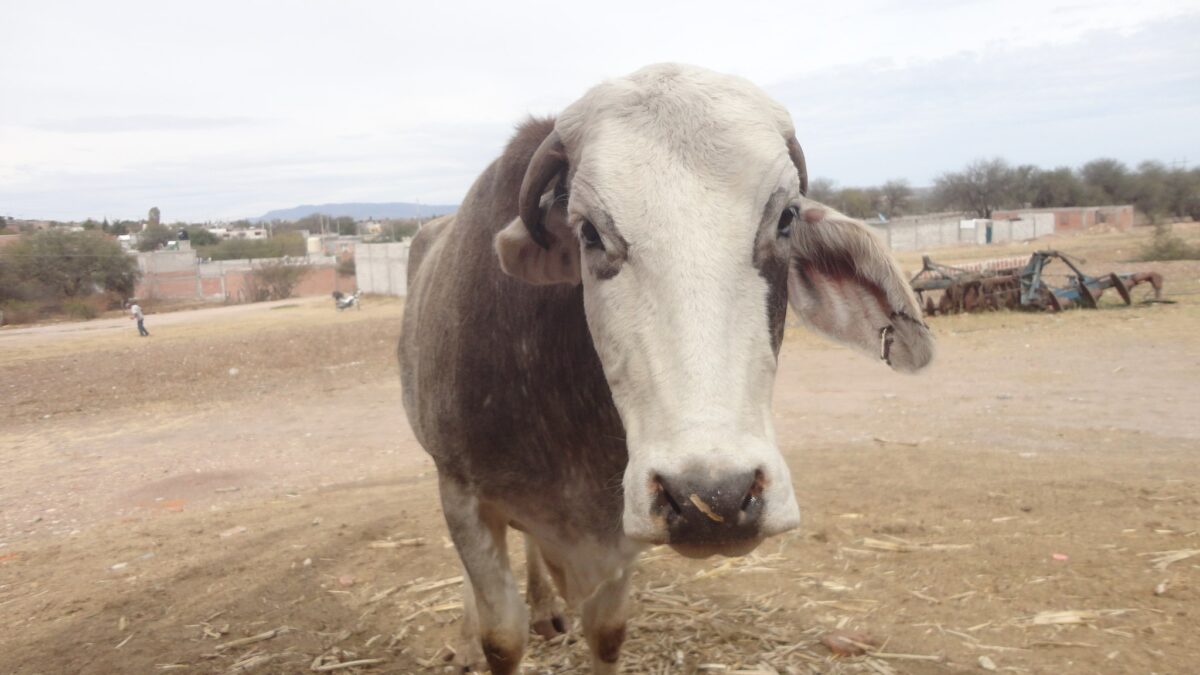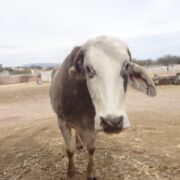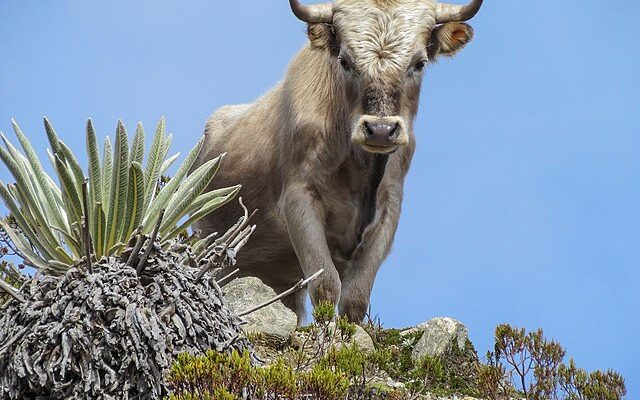
In an unusual turn of events that has captured the attention of Western ranchers, a herd of Charolais cattle in Montana recently drove a grizzly bear off their pasture—an encounter that has some wondering whether the hefty French breed could help Wyoming livestock producers fend off predators.
The incident occurred on a ranch owned by DeBruycker Charolais, a family operation known for breeding some of the largest cattle in North America. Cowboy State Daily writes, “rather than running away from the grizzly, the cattle approached the pernicious predator,” eventually surrounding and chasing the bear off the property.
“They’re protective of their babies, as any good mother should be,” said Brett DeBruycker, the ranch’s owner. His nephew, Kesler Martin, offered a more succinct take on social media: “Charolais tough. That bear didn’t stand a chance.”
Charolais cattle—valued for their rapid growth, lean meat, and adaptability—can weigh up to 2,600 pounds for cows and 3,600 pounds for bulls. That sheer size, coupled with a noted maternal instinct, may explain why the DeBruycker herd didn’t flinch when confronted with a top-tier predator.
But the breed’s reputation for aggression is hotly debated. “I’m not sure why they have such a bad reputation,” said Bob Wagner, a Colorado breeder and board member of the Charolais Association. Wagner, who raises registered Charolais bulls in Nunn, credits their calm demeanor to both genetics and training. “The mothers are super protective,” he conceded, but emphasized that “well-trained dogs are very good at calming down cattle.”
Wyoming ranchers may be paying close attention. In 2024 alone, the Wyoming Game and Fish Department logged 188 incidents involving grizzlies and cattle—more than 78% of all grizzly-related conflicts in the state. While ranchers can seek compensation for livestock losses, the toll—economic and emotional—remains high.
The bold stand by the Montana Charolais herd has fueled speculation that the breed could serve as a natural deterrent. DeBruycker, whose family has bred Charolais since 1963, insists they are misunderstood. “It’s not accurate at all. There’s no difference between them and any other breed of cattle when it comes to attitude. They’re very docile,” he said. But he doesn’t deny their grit: “If they want to get rid of a threat like a grizzly, they will.”
Wagner agrees. “I can see them chasing off a predator, and a grizzly seems like a significant predator,” he said, noting that selective breeding and hands-on management have reshaped the breed’s disposition in recent years.
While Charolais may not be ideal for novice ranchers—due to both their immense size and independent streak—they may represent a new tool in the fight to protect herds in grizzly country. Whether the Montana encounter proves to be a one-off or the start of a trend remains to be seen, but for now, the Charolais are making their case—one bear at a time.
[Read More: Wife Started Screaming When She Saw What The Dog Was Eating]


